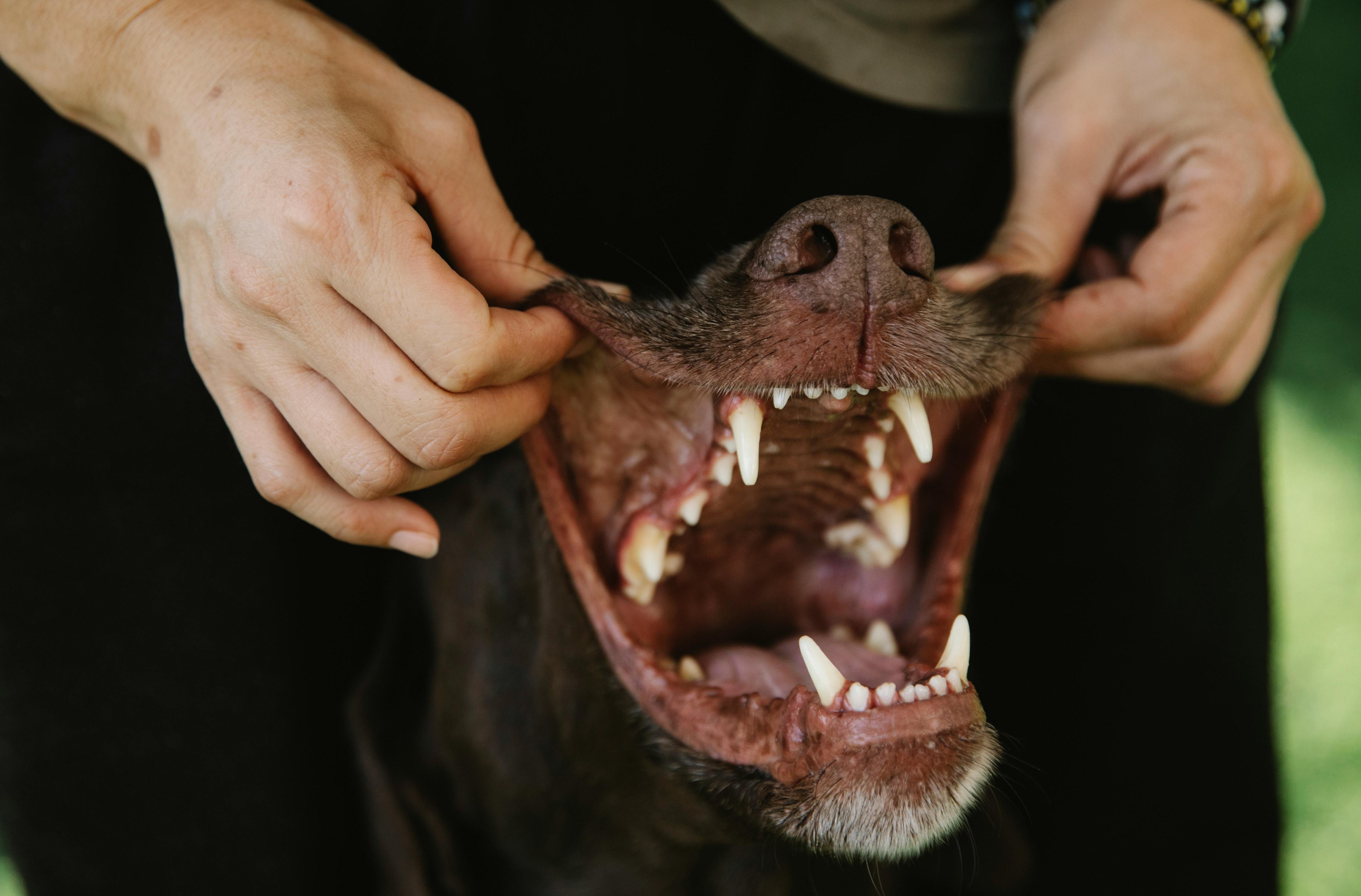Complete Guide to Pet Dental Care in Wayne
Maintaining your pet’s dental health is more than just fresh breath—it’s vital for their overall well-being. As more pet owners in Wayne realize the importance of oral hygiene, understanding how to properly care for your pet’s teeth is essential. In this comprehensive guide, you’ll explore everything from fundamental principles to advanced dental care strategies that ensure your furry friend stays healthy and happy.

Understanding the Fundamentals
Pet dental care in Wayne is rooted in the basics of good hygiene, early detection, and consistent care. Dental diseases in pets can start as early as age three, making early intervention crucial. Over time, untreated oral conditions can lead to heart, liver, and kidney problems.
To understand why dental care matters, think of your pet’s mouth like a gateway to their overall health. Just like humans, pets need daily oral hygiene to prevent plaque buildup and gum disease.
1.1 What is Pet Dental Care?
Pet dental care refers to the practices and treatments that maintain and improve a pet’s oral hygiene. This includes brushing, dental treats, veterinary cleanings, and preventive measures. According to the American Veterinary Medical Association, 80% of dogs and 70% of cats show signs of oral disease by age three.
Ignoring dental issues can result in bad breath, tooth loss, and even systemic illness. A comprehensive dental care plan includes routine checkups and at-home maintenance, helping pets live longer, healthier lives.
1.2 Why Early Intervention Matters
Preventive dental care is often less expensive and more effective than treating advanced oral disease. Unlike humans, pets don’t show pain until it becomes unbearable. This makes regular inspections and cleanings vital.
Real-life examples include pets recovering from chronic illnesses after dental surgeries. By catching issues early, you not only reduce treatment costs but also increase your pet’s quality of life significantly.
Practical Implementation Guide
Now that you understand why pet dental care in Wayne is important, it’s time to take action. Implementing a structured dental hygiene routine doesn’t have to be complicated. With the right steps, you can drastically reduce the risk of periodontal disease.

2.1 Actionable Steps
- Step 1: Daily Brushing: Use pet-safe toothpaste and a soft-bristled toothbrush. Gently brush your pet’s teeth daily to remove plaque.
- Step 2: Use Dental Chews: Incorporate vet-approved dental treats that reduce tartar and massage gums naturally.
- Step 3: Schedule Vet Visits: Plan bi-annual dental checkups with your local veterinarian in Wayne. Early signs of gum disease can be detected and treated promptly.
2.2 Overcoming Challenges
Common obstacles include pet resistance, lack of time, and unawareness of products. Here are some solutions:
- Start brushing early in a pet’s life to build tolerance.
- Choose flavored toothpaste your pet enjoys.
- Use finger brushes for better control.
- Incorporate brushing into playtime or post-meal rituals.
Experts recommend using dental sprays as a backup when brushing isn’t possible. Consistency is more important than perfection.
Advanced Applications
Once you’ve mastered the basics, consider advanced dental care methods for a more thorough approach. These are typically recommended for senior pets or those with chronic dental issues.

3.1 Professional Cleanings Under Anesthesia
Performed by licensed veterinarians, these procedures allow for deep cleaning below the gum line. Case studies show a significant reduction in inflammation and improvement in appetite post-treatment. Metrics like gum pocket depth and tartar grading are used to track progress.
3.2 Dental X-rays and Surgery
Advanced diagnostics such as dental radiographs help identify hidden issues like abscesses or root fractures. Surgery might be needed for extractions or treating severe gum disease. These interventions, while more invasive, are sometimes life-saving.
Future Outlook
The future of pet dental care in Wayne is bright, with new innovations emerging rapidly. Laser therapy, AI-powered diagnostics, and tele-dentistry are gaining traction in veterinary circles.
In the next 3-5 years, expect to see more holistic and technology-driven approaches. Pet owners can prepare by staying educated and opting for clinics that adopt these forward-thinking methods.
Conclusion
Here are three essential takeaways: First, consistent dental care is non-negotiable for a pet’s health. Second, early detection of issues leads to better outcomes. Third, Wayne pet owners have access to excellent local resources to support oral care routines.
Don’t wait until symptoms show—start brushing, schedule a vet checkup, and explore advanced options if needed. Your pet’s smile—and health—depend on it.
Frequently Asked Questions
- Q: How often should I brush my pet’s teeth? Ideally, every day. At minimum, aim for three times per week for noticeable results.
- Q: How can I get started with pet dental care? Begin with finger brushing and flavored toothpaste, then slowly transition to full brushing routines.
- Q: How long does it take to see improvements? Most pet owners notice fresher breath and cleaner teeth within 2-3 weeks of consistent brushing.
- Q: What does dental care cost? At-home products range from $10–$50 monthly. Professional cleanings in Wayne range from $200–$800 depending on the complexity.
- Q: Is dental care better than just feeding dry food? While dry food helps slightly, it doesn’t replace the need for brushing and vet visits. Combine both for best results.
- Q: Is pet dental care difficult to learn? Not at all. With practice, most owners find it becomes a natural part of their daily routine.
- Q: How does dental care differ for cats vs. dogs? Cats are more sensitive and may require gentler techniques and patience. Dental wipes are often better tolerated than brushes.
